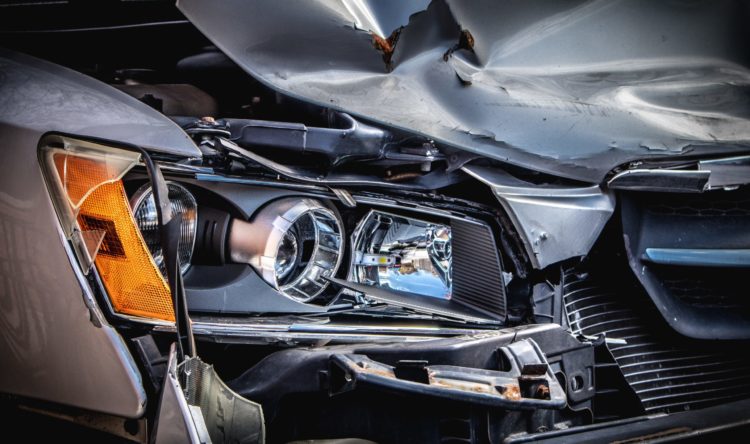Self imposed GDL
Parents increasingly applying rules on young drivers
Anxious parents keen to keep their children safe on the roads are setting their own driving rules, according to new research.
With Graduated Driver Licensing bobbing around recent media headlines, but with little real movement, voluntary systems of control appear to be coming to the for.
Taking control
Young Driver surveyed 500 parents of children aged 16 and over. It asked what rules they have in place or planned on setting, when their child passed their driving test.
Six out of 10 (57%) said they would insist on a black box insurance policy to help keep their child monitored in the most accident-prone first year of driving.
However, many admit to adding their own extra rules before their young off-spring hit the road.
According to Young Driver’s research, the top 5 rules imposed by parents on their newly driving children are:
- Limiting the number of passengers the driver can carry (45%)
- Phones must be switched off (41%)
- No eating or drinking whilst driving (21%)
- Limits on areas they’re allowed to drive (16%)
- Nighttime curfew (11%)
Young minds
In the UK, on average one in five drivers has an accident within six months of passing their test – which is likely a key reason parents feel they need to set ground rules for newly qualified drivers.
“There has been talk of introducing graduated licences in the UK over recent years,” states Sue Waterfield, head of marketing at Young Driver explains.
“But we feel strongly that actually the key to keeping youngsters safe on the roads is to make sure they’re properly educated before they even pass their test. After all, rules can be set – but will they always be followed?”
While Young Driver’s central business aim is pre-17 driving schools, it is based on the belief that learning from a younger age provides safer long term drivers. Research has revealed that, compared to the national average of 20%, just 3.3% of Young Driver past pupils has a crash in the first six months after passing their test. It equates to an 84% reduction. However, the fact this is voluntary and paid for, the figures have to been understood in the light that many of these young drivers are likely to be more responsible and safer drivers anyway.
“Learning over a longer period of time, without the pressure of rushing to pass your test, makes sense, continues Sue. “If children learn gradually, from a young age, they’re more likely to take in that information and become proficient at it, becoming safety aware and creating vital neural pathways so driving becomes second nature. It also takes away that mystique, meaning they’re less likely to feel the need to show off when they do take to the roads. Two thirds of the qualified driving instructors we surveyed (69%) admitted they felt youngsters learn better before they turn 17.
Self discipline
Recently, Dr Shaun Helman, Chief Scientist, TRL, bemoaned the lack of movement on GDL. Speaking at Young Driver Focus ’23, Shaun advocated taking responsibility into our own hands.
“The evidence tells us that we can reduce collisions by having minimum learning periods, maybe including a minimum number of learning hours, and post-test controls on unsupervised driving at night, and unsupervised driving with peer-age passengers”.
“The evidence for these approaches areas is strong. They remain the key to improving the skills, actions and safety of all new, young drivers. However, without formal legislative requirements, the next best option is to encourage learners and new drivers to self-impose such measures.”
You can read the full YDF’23 report here.







